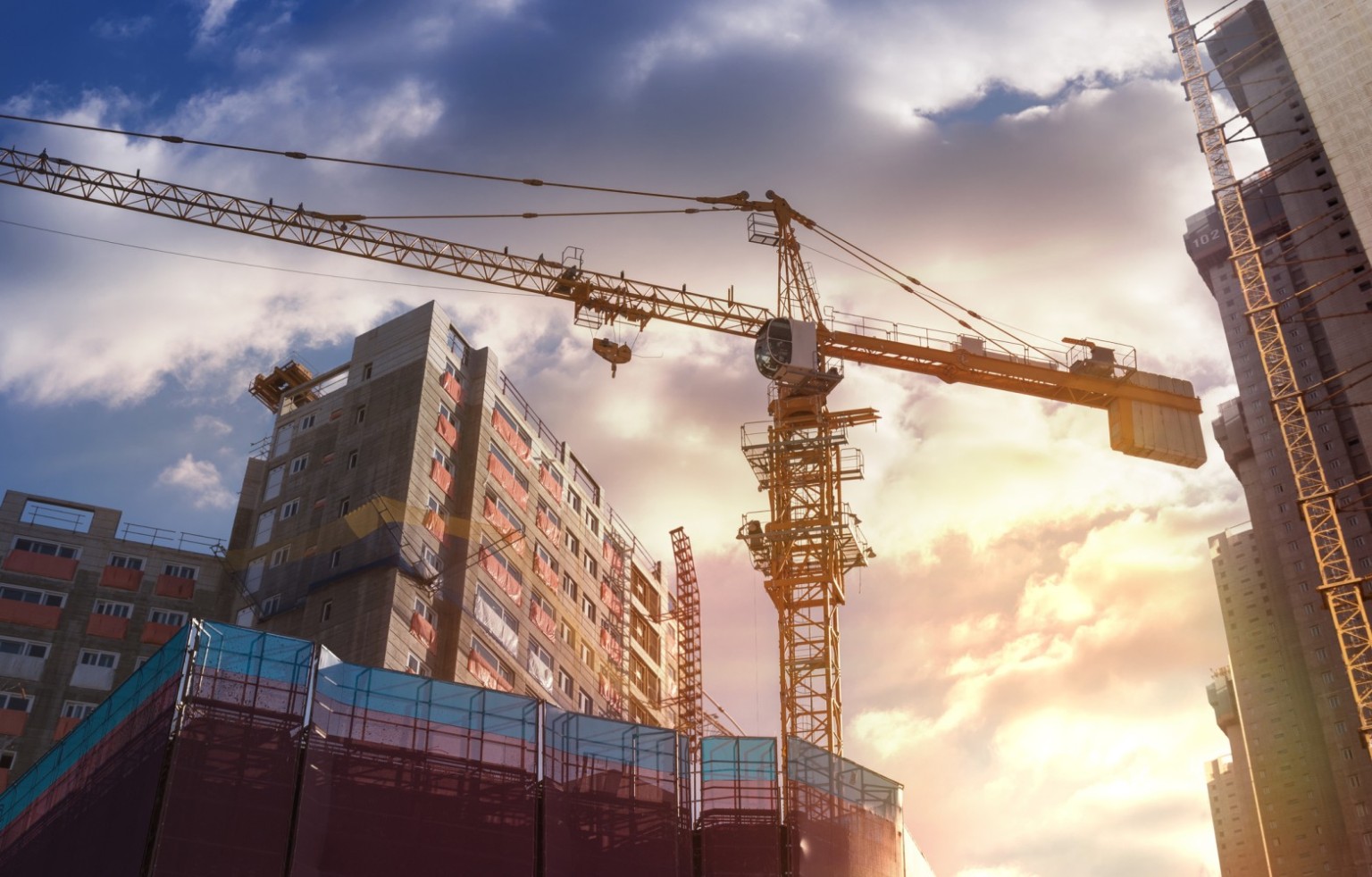The “Energy Performance Approach” Applies an Increased Source Energy Margin Requirement to All New Buildings
The Santa Monica City Council has adopted amendments to its building code aimed at continuing the city’s progress in reducing greenhouse gas emissions. The new policy, known as the Energy Performance Approach, was approved unanimously on Tuesday and offers an alternative pathway to the city’s 2022 Zero Emissions Code, as described in a release from the City.
“As a leadership sustainable city, Santa Monica is on the forefront of reducing negative environmental impacts while benefiting social and economic well-being,” said Shannon Parry, the city’s Chief Sustainability Officer, in the release. “As we celebrate 30 years of implementing the Sustainable City Plan, we remain committed to improving community resiliency and achieving water self-sufficiency, zero waste, and carbon neutrality.”
The 2022 Zero Emissions Code mandates that all new buildings be fully electric, with exemptions for commercial kitchens, medical facilities, and labs. The code is designed to drastically reduce the carbon footprint of new construction while improving indoor air quality by eliminating natural gas use.
However, following a 2023 ruling by the Ninth Circuit Court of Appeals, the city is now joining other California municipalities in adopting local amendments as an alternative approach to curb emissions. Cities such as San Luis Obispo, San Jose, Palo Alto, and Encinitas have implemented similar policies.
The Energy Performance Approach applies an increased source energy margin requirement to all new buildings, whether fully electric or mixed-fuel, with the goal of lowering operational greenhouse gas emissions. Although this approach is considered less effective at cutting emissions than the Zero Emissions Code, it is seen as a timely and practical solution to advance the council’s climate action goals.
The move comes five months after Santa Monica City Council also approved an ordinance mandating low-carbon concrete for new construction, swimming pools, and spas.
A standard concrete mixture comprises Portland cement, water, sand, and aggregates gravel. The production of cement is notably carbon-intensive, contributing to approximately 60% of emissions associated with concrete production, according to a City staff report. Low-carbon concrete mitigates these emissions by reducing the cement content in the mixture and substituting it with alternative cementitious materials.
According to a staff report at the time, the proposed low-carbon concrete amendment to the Building Code could reduce the City’s building sector concrete embodied carbon by 14%-33%. Embodied carbon is the carbon emissions from the manufacturing and transportation of building materials.
Notable examples of low-carbon concrete being in Santa Monica infrastructure projects include the Moongate structure at Woodlawn Cemetery.












